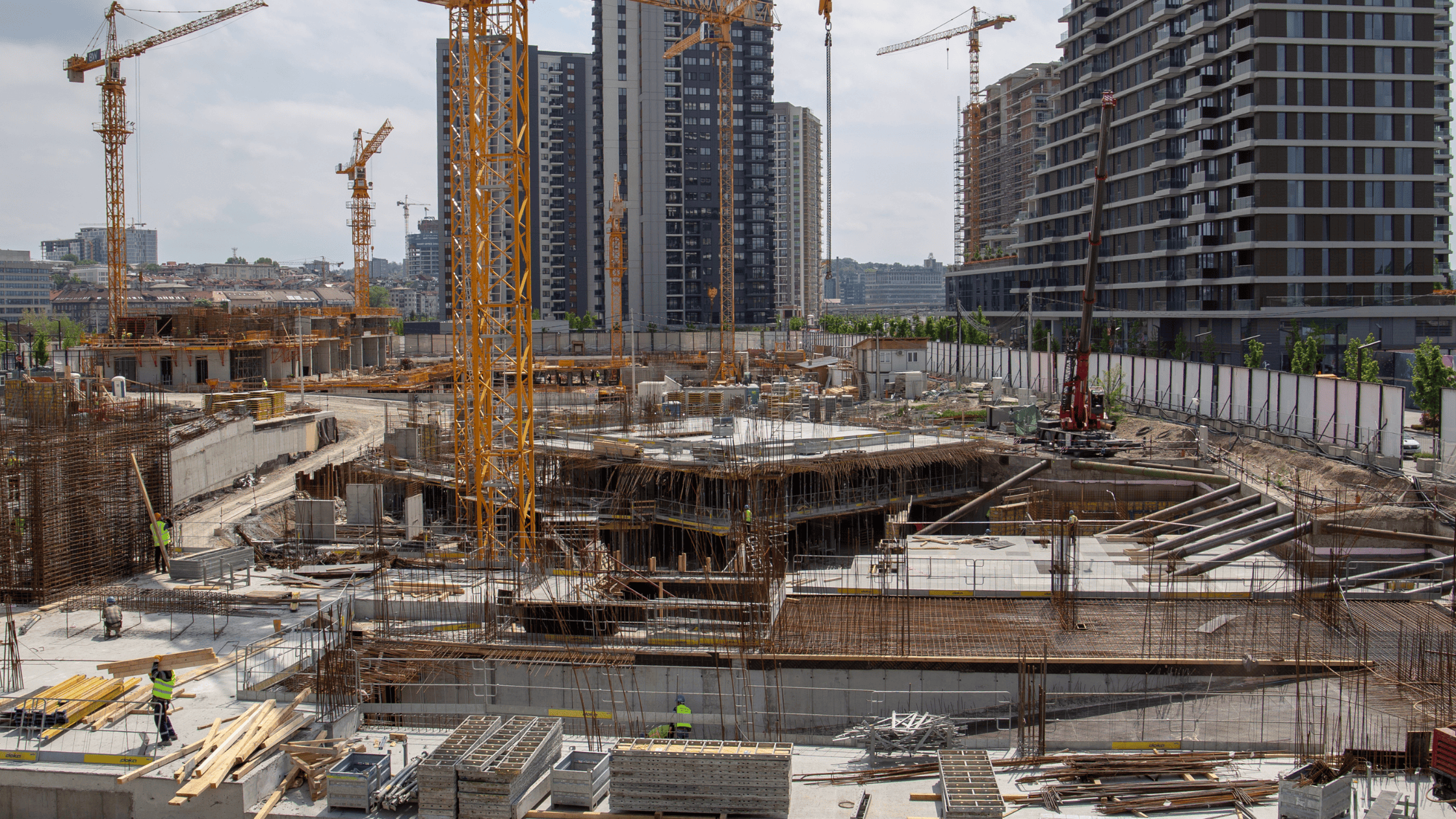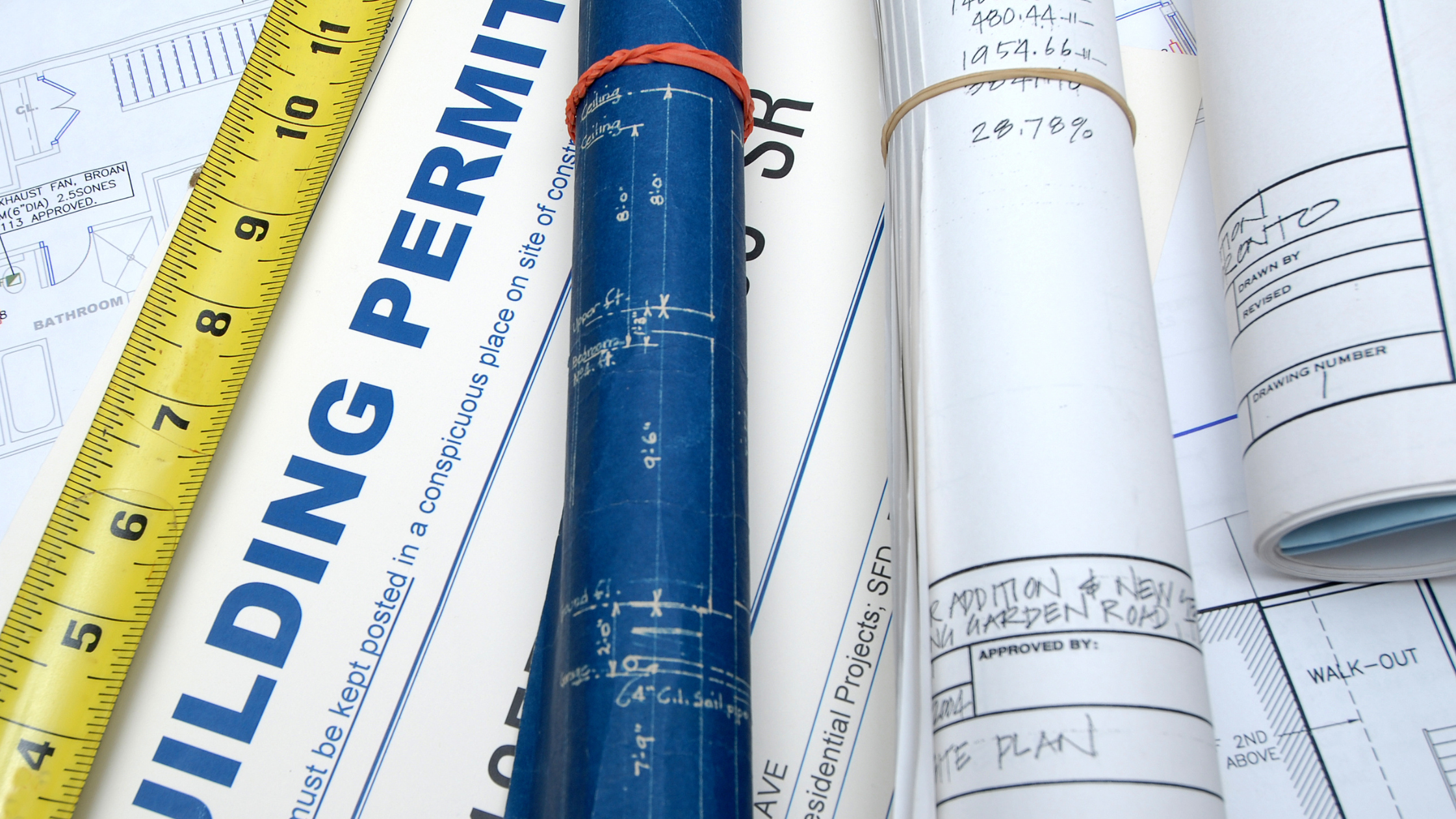Introduction: Why Permitting Matters More Than Ever
Launching an industrial project today means navigating a complex web of permits, noise regulations, environmental impact assessments, and community engagement requirements. Cities are raising the bar on compliance, and missing a step in the process can lead to costly delays, fines, or project shutdowns.
Whether it’s a construction site, data center, manufacturing plant, or energy facility, securing the right permits is the foundation of a successful project. This step-by-step guide outlines exactly how to move from concept to approval while maintaining compliance with industrial noise control, environmental standards, and quality of life concerns in surrounding areas.
Step 1: Conduct a Preliminary Feasibility Study
Before filing any paperwork, developers should analyze:
- Site suitability: Zoning restrictions, land use compatibility, and proximity to residential areas.
- Noise sources: Anticipated sound levels (dBA), background noise, and potential impact noise.
- Environmental impact: Air, water, and noise pollution projections.
- Community well-being: Effects on quality of life, physical health, and surrounding areas.
This early-stage assessment sets the tone for compliance and reduces opposition down the line.
Step 2: Prepare Environmental and Noise Impact Assessments
Cities increasingly require environmental impact assessments and noise impact studies as part of industrial project permitting. These evaluations should:
- Measure baseline noise levels using noise monitoring equipment and sound level meters.
- Identify potential noise sources such as ventilation systems, construction activities, or industrial machinery.
- Recommend noise control strategies, including acoustic barriers, soundproofing enclosures, and sound-absorbing materials.
- Evaluate potential prolonged exposure risks to workers and nearby residents.
Urban Solution Group often assists clients in preparing these reports, ensuring they align with noise regulations and sustainability goals.
Step 3: Engage the Community Early
Community engagement is now a vital role in the permitting process. To turn opposition into project approval, developers should:
- Host informational meetings explaining planned noise mitigation strategies.
- Share visuals of noise mitigation walls, acoustic panels, and soundproofing materials.
- Provide real-time noise monitoring dashboards so residents can see compliance in action.
- Emphasize the project’s functionality, high-quality design, and sustainability goals.
Transparent communication builds trust and minimizes community noise complaints.
Step 4: Submit Permit Applications with Supporting Documentation
Most cities require permits covering:
- Noise exposure standards (limits for both workers and residential areas).
- Environmental and building codes compliance.
- Construction site operation plans, including schedules to reduce excessive noise during nighttime hours.
- Detailed noise control strategies and mitigation plans.
Accurate documentation reduces back-and-forth with regulators and speeds up the approval timeline.
Step 5: Implement Noise Control Measures During Construction
Approval is only the beginning — compliance must continue throughout the project:
- Install noise barriers and acoustic panels to reduce noise transmission.
- Use soundproofing enclosures around high-noise equipment.
- Apply sound-absorbing materials to reduce reverberation in noisy environments.
- Monitor noise levels in real time to ensure standards are met.
Maintaining these practices protects both workers’ work environments and the quality of life in surrounding areas.
Step 6: Maintain Ongoing Compliance and Reporting
Cities increasingly require ongoing reporting to verify that effective noise control strategies are in place:
- Use IoT-based real-time noise monitoring systems.
- Document sound levels throughout project phases.
- Address community complaints quickly with transparent reporting.
- Keep regulators updated with compliance logs.
This step demonstrates responsibility and ensures smooth future permitting for expansions or new projects.
Common Challenges in Permitting Industrial Projects
- Complex regulations: Noise, environmental, and zoning laws often overlap.
- Excessive noise concerns: Without clear mitigation strategies, permits may be denied.
- Community opposition: Lack of engagement can delay approvals.
- Documentation errors: Incomplete or inaccurate reports slow the process.
Partnering with experts like Urban Solution Group helps streamline these hurdles.
Conclusion: A Clear Path to Approval
Permitting an industrial project requires more than paperwork — it demands planning, noise reduction strategies, community engagement, and real-time monitoring. By following these steps, developers can move projects from concept to approval while protecting urban environments, residential areas, and worker well-being.
At Urban Solution Group, we specialize in guiding developers through the permitting process, ensuring compliance with noise regulations, effective noise control measures, and sustainability goals. With the right step-by-step strategy, industrial projects don’t just get approved, they earn community support.
Frequently Asked Questions
Q1: What permits are typically required for industrial projects?
A: Most industrial projects require multiple permits, including environmental impact assessments, noise control permits, building permits, and zoning approvals. Additional permits may cover worker safety, waste disposal, and stormwater management depending on the site.
Q2: Why are noise impact assessments important for permitting?
A: Noise impact assessments measure expected noise levels in decibels (dBA) and evaluate how sound waves from industrial activities may affect surrounding areas and residential communities. These reports recommend noise mitigation strategies such as acoustic barriers, soundproofing enclosures, and real-time noise monitoring systems, all of which are critical for regulatory compliance.
Q3: How can community engagement affect industrial project approval?
A: Community engagement plays a vital role in reducing opposition. By sharing mitigation strategies, hosting public meetings, and providing real-time monitoring data, developers can build trust with residents. This transparency often turns potential opposition into support, helping projects move through the permitting process faster.
Q4: What happens if an industrial project doesn’t meet noise regulations?
A: Non-compliance with noise regulations can lead to fines, permit delays, or even project shutdowns. Regulators may require additional noise mitigation measures such as installing noise barriers or limiting operating hours. Continuous noise monitoring is often required to ensure ongoing compliance.
Q5: How does Urban Solution Group support the permitting process?
A: Urban Solution Group provides expert guidance through every stage of industrial permitting. From conducting environmental and noise impact assessments to designing effective noise control strategies, we ensure projects meet regulatory requirements while protecting community well-being and sustainability goals.
Frequently Asked Questions
Q1: What permits are typically required for industrial projects?
A: Most industrial projects require multiple permits, including environmental impact assessments, noise control permits, building permits, and zoning approvals. Additional permits may cover worker safety, waste disposal, and stormwater management depending on the site.
Q2: Why are noise impact assessments important for permitting?
A: Noise impact assessments measure expected noise levels in decibels (dBA) and evaluate how sound waves from industrial activities may affect surrounding areas and residential communities. These reports recommend noise mitigation strategies such as acoustic barriers, soundproofing enclosures, and real-time noise monitoring systems, all of which are critical for regulatory compliance.
Q3: How can community engagement affect industrial project approval?
A: Community engagement plays a vital role in reducing opposition. By sharing mitigation strategies, hosting public meetings, and providing real-time monitoring data, developers can build trust with residents. This transparency often turns potential opposition into support, helping projects move through the permitting process faster.
Q4: What happens if an industrial project doesn’t meet noise regulations?
A: Non-compliance with noise regulations can lead to fines, permit delays, or even project shutdowns. Regulators may require additional noise mitigation measures such as installing noise barriers or limiting operating hours. Continuous noise monitoring is often required to ensure ongoing compliance.
Q5: How does Urban Solution Group support the permitting process?
A: Urban Solution Group provides expert guidance through every stage of industrial permitting. From conducting environmental and noise impact assessments to designing effective noise control strategies, we ensure projects meet regulatory requirements while protecting community well-being and sustainability goals.
Other Articles

Comparing Noise Barriers: Mitigation Walls vs. Sound Walls vs. Temporary Barriers | Urban Solution Group
Not all noise barriers are the same. Compare mitigation walls, sound walls, and temporary barriers — and learn how Urban Solution Group helps with compliance.
.png)
Environmental Compliance Checklist: Avoiding Costly Mistakes in Urban Projects | Urban Solution Group
Avoid costly permitting delays in urban projects. Use this environmental compliance checklist covering land use, air quality, and construction compliance.

Why Do Compliance Delays Happen? How to Prevent Them in City Permitting | Urban Solution Group
Compliance delays cost projects time and money. Learn why they happen in city permitting and how Urban Solution Group prevents setbacks with proven strategies.
